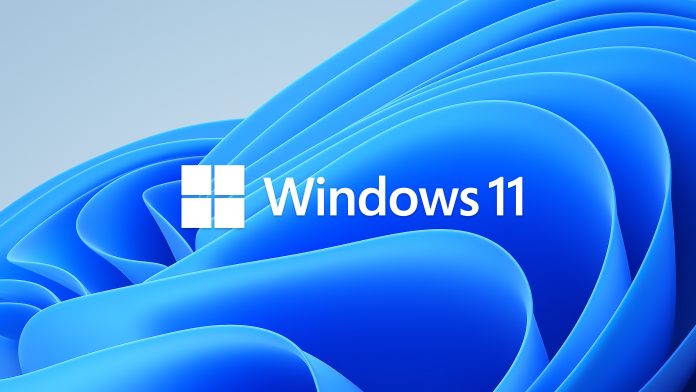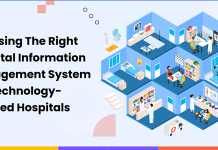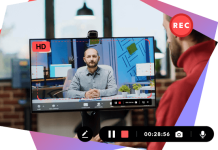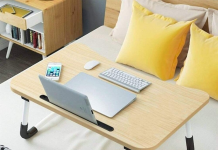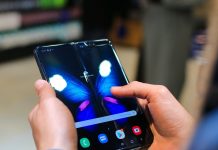Microsoft has officially confirmed Windows 11, an updated and totally new version of the OS, on Thursday, June 24, 2021. The announcement was made roughly six years after Windows 10, the world’s most commonly used Windows operating framework, with over 1.3 billion devices running it. Microsoft Windows 11 will be available as early access in one week and a full launch in July. It will start carrying out all operational and new PCs around the 2021 Christmas season, most probably in December. The latest version includes a few advancements. The major change in Windows 11 OS Feature is the revised User Interface. Moreover, a revamped features for window management, and Android applications.
Changes in Start Menu and the taskbar are significant renovations to the old version. Moreover, Microsoft Windows 11 abandons the previous Windows installments’ left-aligned taskbar icon placement for a macOS-style centered taskbar icon layout. However, other items, such as clocks and other icons, remain on the right, leaving the left side blank. The new Start menu, which drops directly in the center with a completely updated UI, is at the forefront and center of this plan. The new menu includes an inquiry bar at the top and pinned applications and a few suggested items below it. In any case, you can change your profile and turn your PC off from here.
Run All Your Android Apps on Your PC
Yes, you heard it right. With the support of Intel Bridge Technology, you can use all of your Android applications on your PC via Microsoft Windows 11. Microsoft will bring Android apps to its new application Store, which was announced at the Windows 11 launch event. When the latest Windows 11 operating framework is released, an improved method for utilizing Android applications on the Windows PC will be included. These applications will show up in the taskbar and start menu as they will be installed directly on your PC without using your cell phone. All of your favorite apps, from TikTok to Uber, will be available for Windows users to enjoy.
Android apps are available at the moment for use on Windows 10, but only through Microsoft’s Your Phone app, which was released last year. Windows 11 will also include a prettified version of desktop widgets to help you personalize the look and feel of your computer.
The benefits of this feature are self-evident. The ability to run Android applications on a Computer eliminates the need for users to switch between their mobile and PC every time they watch a TikTok video, book an Uber, or play video games to feel better. Most importantly, these applications will run very much like standard Windows programming on a PC or laptop. The applications will appear in the taskbar, can be minimized or opened precisely like a common PC application, and will run in a portrait view very much like they should on the phone. All of this is possible without having to spend a lot of time worrying about equipment requirements.
On the other hand, the download process may be somewhat complicated, in the starting only. Microsoft’s Chief Product Officer, Panos Panay, stated that when customers see an Android app in the Microsoft Store and would like to download it, they must first log in to their Amazon account. After that, it will be straightforward to download any application you want on your PC.
Besides running your favorite applications on Microsoft Windows 11, there are many other features to enjoy. Some of them are mentioned below.
Widgets
Widgets are making a big comeback! With the News and Interests board, which was recently included in Windows 10, Microsoft experimented with bringing back desktop gadgets. In any case, Windows 11 devices will take that concept to new heights. According to Microsoft’s Windows 11 blog, the new devices will deliver a personalized feed powered by Artificial Intelligence. Moreover, a button for Widgets can be found on the recently updated taskbar. When you click it, a board will appear on the left half of your screen with a series of gadgets that give you the initial data you’re looking for. You can also maximize it to cover the entire screen.
Multiple Desktops
Windows 11 will enable you to more effectively create multiple separate desktops for each aspect of your life and customize them with various backdrops. So you can create a workspace for different things, such as for personal use, work-related, gaming, or just about anything else, and can also switch between them easily. When you use this function, you’ll be able to look down near the bottom of your screen and see a window slide up with multiple desktops you have created, enabling you to switch between them with a single tick.
Microsoft Teams
Microsoft’s video chat platform Teams will be integrated directly into Windows 11, making it easier to use regularly. You can collaborate in Teams through Microsoft Windows, Android, Mac, or iOS. Furthermore, teams will now show up in the taskbar. Select the Teams icon to open the Chat tool, where you can message, voice, or video call one of your contacts.
Snap Layouts
Windows 11 allows you to arrange them in various formats on the screen and save those windows in that arrangement when you have many open windows. You’ll notice a block-shaped button in the upper right corner, right in the middle of the X, and the limit button when you open a window. Select that to see different format options for that window, and then choose the design and the situation within the design where you want to put that window. The most notable feature is that these designs are saved and easily accessible through the application toolbar icons, so you won’t have to redo them after doing something else on the pc.
Windows 11: The Next Generation of Windows
As a whole, it appears that Windows 11 is a reasonably necessary update to the Windows software. Sadly, Microsoft did not provide a specific launch date, only declaring that this will begin this Christmas season and continue through 2022. However, anyone who is currently using Windows 10 will be entitled to a free upgrade. Besides that, the primary focus for Windows 11 is the move toward an operating system that works the same as phones. Thus, your PC experience should have the same feel and responsiveness as your phone. In addition, you should be able to perform the same tasks regardless of the device.


